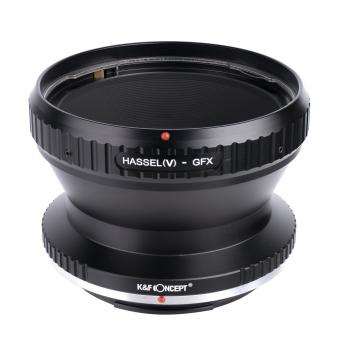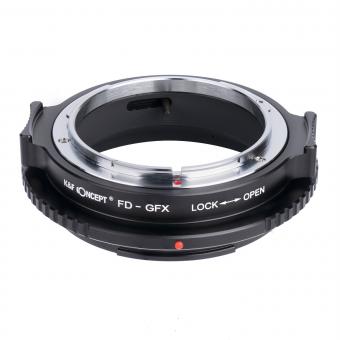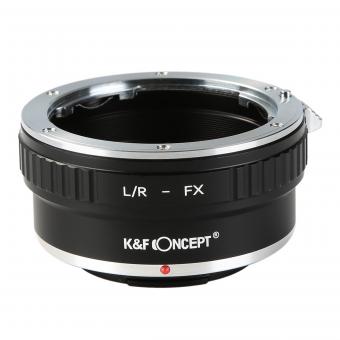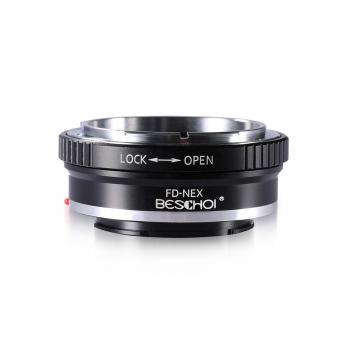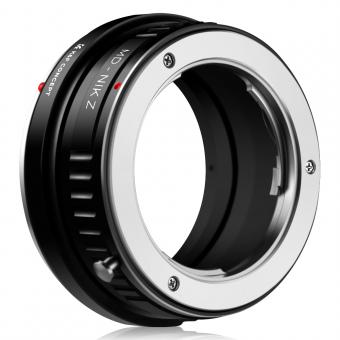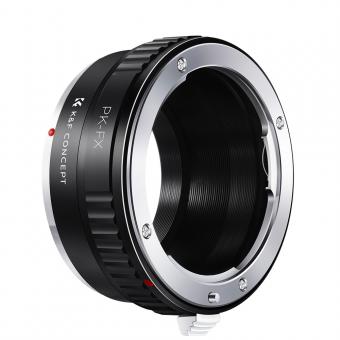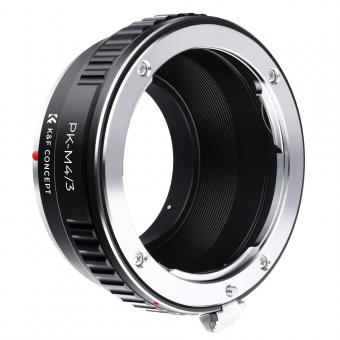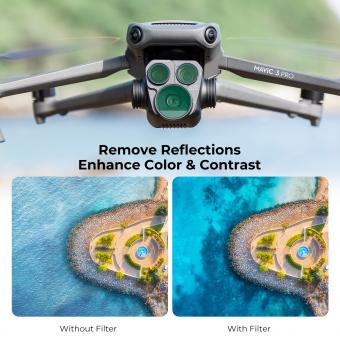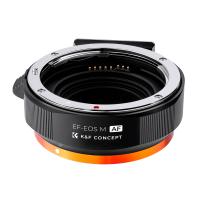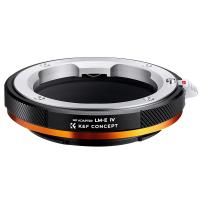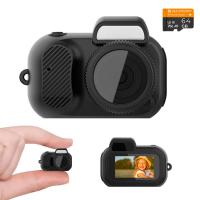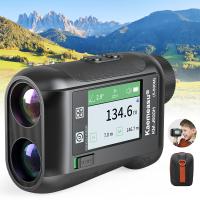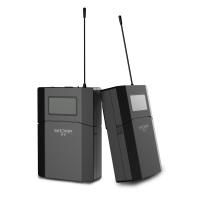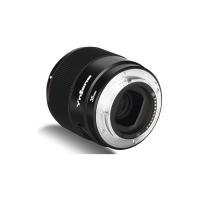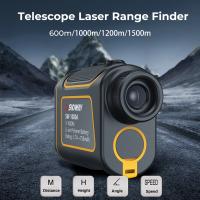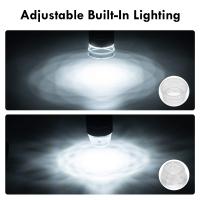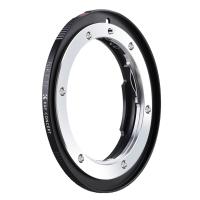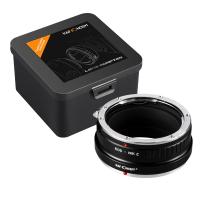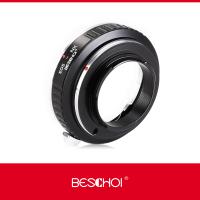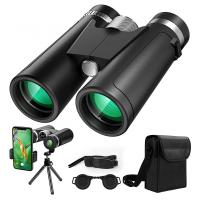How To Mount Large Format Lens ?
To mount a large format lens, you will typically need a lens board that is compatible with your specific camera system. The lens board is a flat plate that serves as the interface between the lens and the camera.
First, ensure that your lens board is the correct size for your camera's lens board standard. Common sizes include 4x4 inches or 6x6 inches.
Next, remove the retaining ring from the lens board by unscrewing it. This will allow you to insert the lens into the opening on the front of the lens board.
Carefully align the lens so that it sits flush against the lens board. Once in position, secure the lens by screwing the retaining ring back onto the lens board.
Finally, attach the lens board to your camera by sliding it into the appropriate slot or mounting mechanism. Make sure it is securely fastened before proceeding to use the lens.
1、 Lens compatibility with large format cameras
Mounting a large format lens onto a camera requires careful consideration of lens compatibility and the specific camera system being used. Large format cameras typically use a variety of lens mounts, including the popular Copal and Sinar mounts.
To mount a large format lens, first, ensure that the lens is compatible with the camera's lens board or lens panel. The lens board is the interface between the lens and the camera body. It is important to match the lens board's mounting hole size and shape with the lens's mounting flange. This ensures a secure and stable connection.
Once the lens board is prepared, remove the lens's rear lens cap and carefully align the lens's mounting flange with the lens board's mounting hole. Gently screw the lens into place, being cautious not to overtighten and damage the lens or lens board.
It is worth noting that some large format lenses may require additional accessories, such as lens adapters or lens cones, to achieve proper mounting. These accessories help adapt the lens to the specific camera system being used.
In recent years, there has been a growing interest in adapting vintage large format lenses to modern digital cameras. This has led to the development of various lens adapters that allow large format lenses to be mounted on digital camera bodies. These adapters often require additional considerations, such as focal length adjustments or the use of tilt-shift adapters to maintain proper image quality and functionality.
In conclusion, mounting a large format lens involves ensuring compatibility between the lens and the camera's lens board or lens panel. It is important to follow the specific instructions provided by the camera and lens manufacturers to ensure a secure and stable connection. Additionally, with the rise of adapting large format lenses to digital cameras, the use of lens adapters has become more prevalent, requiring additional considerations for optimal performance.
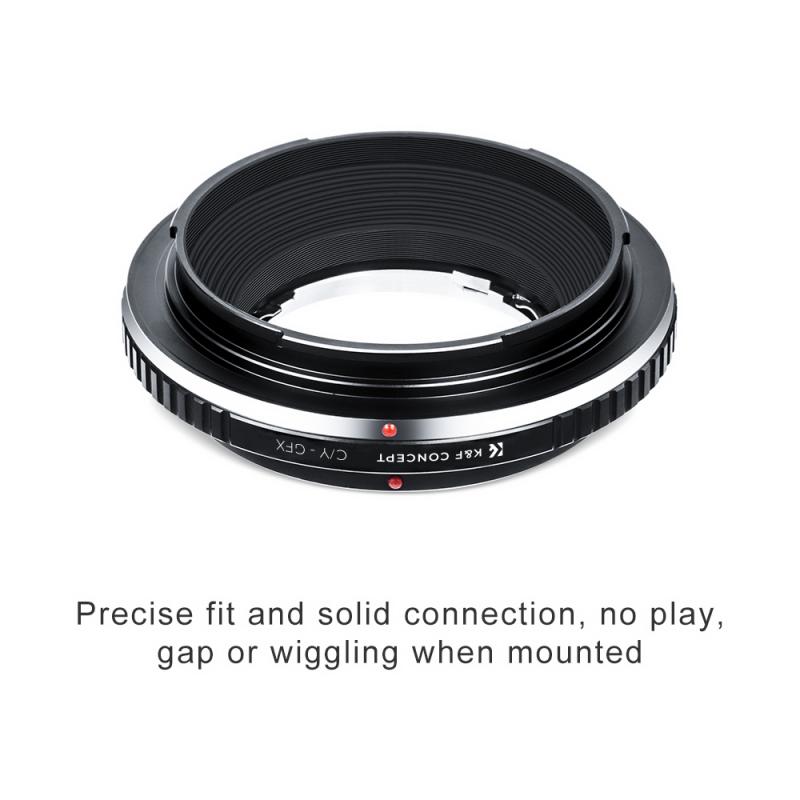
2、 Lens mounting techniques for large format photography
Mounting a large format lens is a crucial step in large format photography, as it ensures proper alignment and stability for capturing high-quality images. Here are some lens mounting techniques for large format photography:
1. Choose the appropriate lens board: Large format lenses typically come with a specific lens board that fits into the camera's lens board holder. Ensure that the lens board is compatible with your camera and lens.
2. Remove the lens retaining ring: Most large format lenses have a retaining ring that holds the lens in place. Unscrew the retaining ring carefully using a lens wrench or a suitable tool, and set it aside.
3. Clean the lens and lens board: Before mounting the lens, clean both the lens and lens board to remove any dust or debris. Use a lens cleaning solution and a microfiber cloth to gently wipe the surfaces.
4. Align the lens and lens board: Place the lens onto the lens board, ensuring that the mounting holes on the lens align with the holes on the lens board. Be careful not to touch the lens elements with your fingers.
5. Secure the lens: Once the lens is aligned, reattach the retaining ring and tighten it securely. Ensure that the lens is firmly held in place but avoid overtightening, as it may damage the lens or lens board.
6. Test the lens: After mounting the lens, perform a quick test to ensure that it is properly aligned and functioning correctly. Check for any signs of misalignment or loose parts.
It is worth noting that with advancements in technology, some large format cameras now offer electronic lens mounts, allowing for more precise control and automation. These mounts can provide additional features such as autofocus and electronic aperture control, enhancing the overall shooting experience.
In conclusion, mounting a large format lens requires careful attention to detail and proper alignment. By following these lens mounting techniques, photographers can ensure that their lenses are securely attached, resulting in sharp and accurate images.
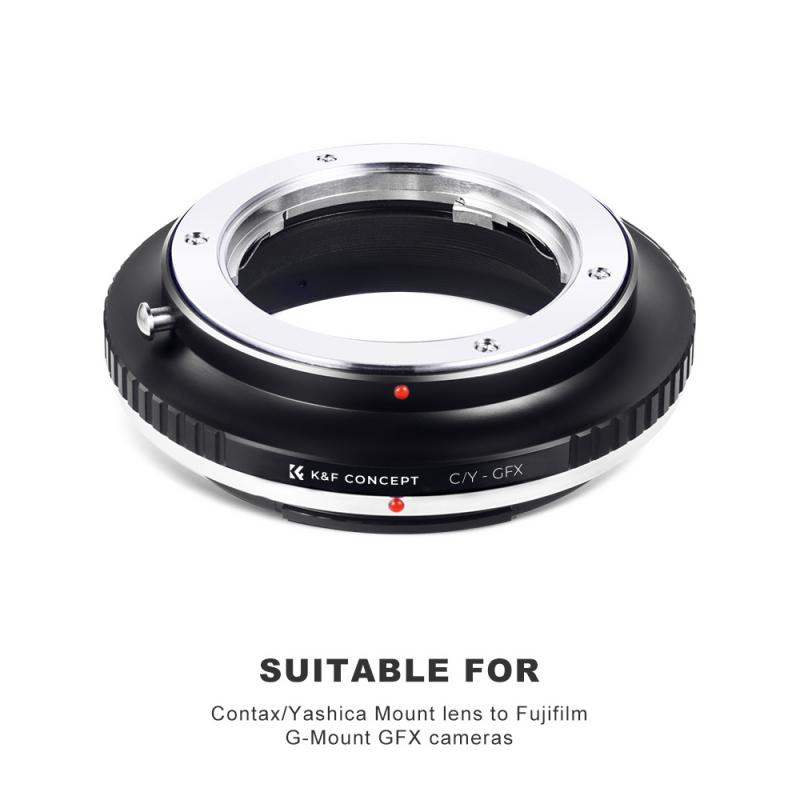
3、 Choosing the right lens board for large format lenses
Choosing the right lens board for large format lenses is an essential step in mounting these lenses onto your camera. The lens board serves as the interface between the lens and the camera, ensuring a secure and stable attachment. Here are some key points to consider when selecting a lens board for your large format lens.
1. Compatibility: Ensure that the lens board is compatible with your camera's lens board standard. Common standards include the Linhof Technika, Sinar, and Toyo. Check the specifications of your camera to determine the appropriate lens board size and mounting mechanism.
2. Material: Lens boards are typically made of metal, such as aluminum or brass, for durability and stability. Some lens boards may also have a black coating to minimize reflections and improve image quality.
3. Hole Size: The lens board should have a hole that matches the diameter of your lens. Measure the diameter of the lens barrel carefully to ensure a proper fit. It is advisable to choose a lens board with a slightly larger hole size to allow for adjustments and future lens compatibility.
4. Mounting Mechanism: Consider the type of mounting mechanism your camera uses. Some cameras have a simple screw-on mechanism, while others may require a specific type of mounting plate or adapter. Ensure that the lens board you choose is compatible with your camera's mounting system.
5. Latest Point of View: With advancements in technology, some lens boards now come with additional features such as electronic contacts for communication between the lens and camera, enabling automatic aperture control and lens data transfer. These features can enhance the functionality and convenience of your large format setup.
In conclusion, selecting the right lens board for your large format lens involves considering compatibility, material, hole size, mounting mechanism, and any additional features. By carefully choosing a lens board that meets these criteria, you can ensure a secure and stable attachment of your large format lens to your camera, allowing you to capture high-quality images.
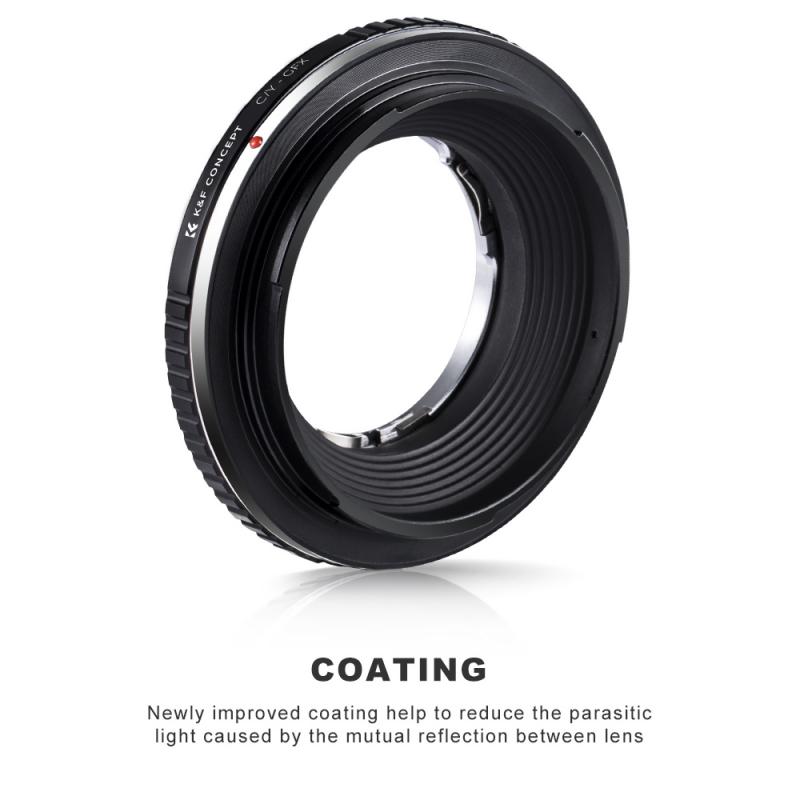
4、 Proper alignment and focusing of large format lenses
Mounting a large format lens requires proper alignment and focusing to ensure optimal image quality. Here is a step-by-step guide on how to mount a large format lens:
1. Start by attaching the lens board to the lens. Most large format lenses come with a removable lens board that needs to be screwed onto the lens. Make sure the lens board is securely attached.
2. Next, insert the lens board into the lens board holder on the camera. The lens board holder is usually located at the front of the camera and is designed to hold the lens board in place.
3. Once the lens board is in place, use the camera's movements (such as rise, fall, tilt, and swing) to align the lens properly. These movements allow you to adjust the lens position to ensure that it is parallel to the film plane.
4. Use a loupe or a focusing cloth to check the focus on the ground glass. Adjust the lens-to-film distance by moving the lens forward or backward until the image on the ground glass appears sharp.
5. Fine-tune the focus by using the camera's focusing knobs or rack and pinion system. Take your time to achieve precise focus, as large format photography requires careful attention to detail.
6. Finally, lock the lens in place using the lens board holder's locking mechanism. This will ensure that the lens remains securely mounted during the exposure.
It is worth noting that the latest point of view on mounting large format lenses emphasizes the importance of using high-quality lens boards and ensuring that the lens is securely attached to the camera. Additionally, advancements in technology have led to the development of electronic viewfinders and digital backs for large format cameras, providing photographers with more precise focusing tools. However, the fundamental principles of alignment and focusing remain the same.


